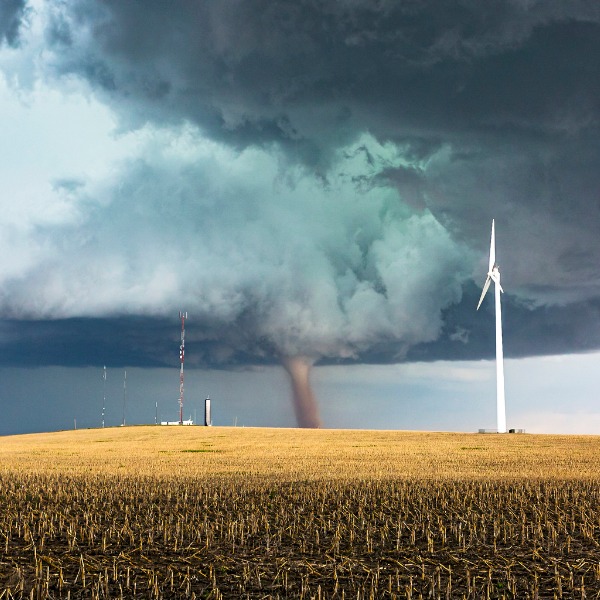What is a Tornado?

dangerous tornado approaching wind turbine (BeyondImages, iStockphoto)

dangerous tornado approaching wind turbine (BeyondImages, iStockphoto)
6.97
How does this align with my curriculum?
Curriculum Alignment

dangerous tornado approaching wind turbine (BeyondImages, iStockphoto)

dangerous tornado approaching wind turbine (BeyondImages, iStockphoto)